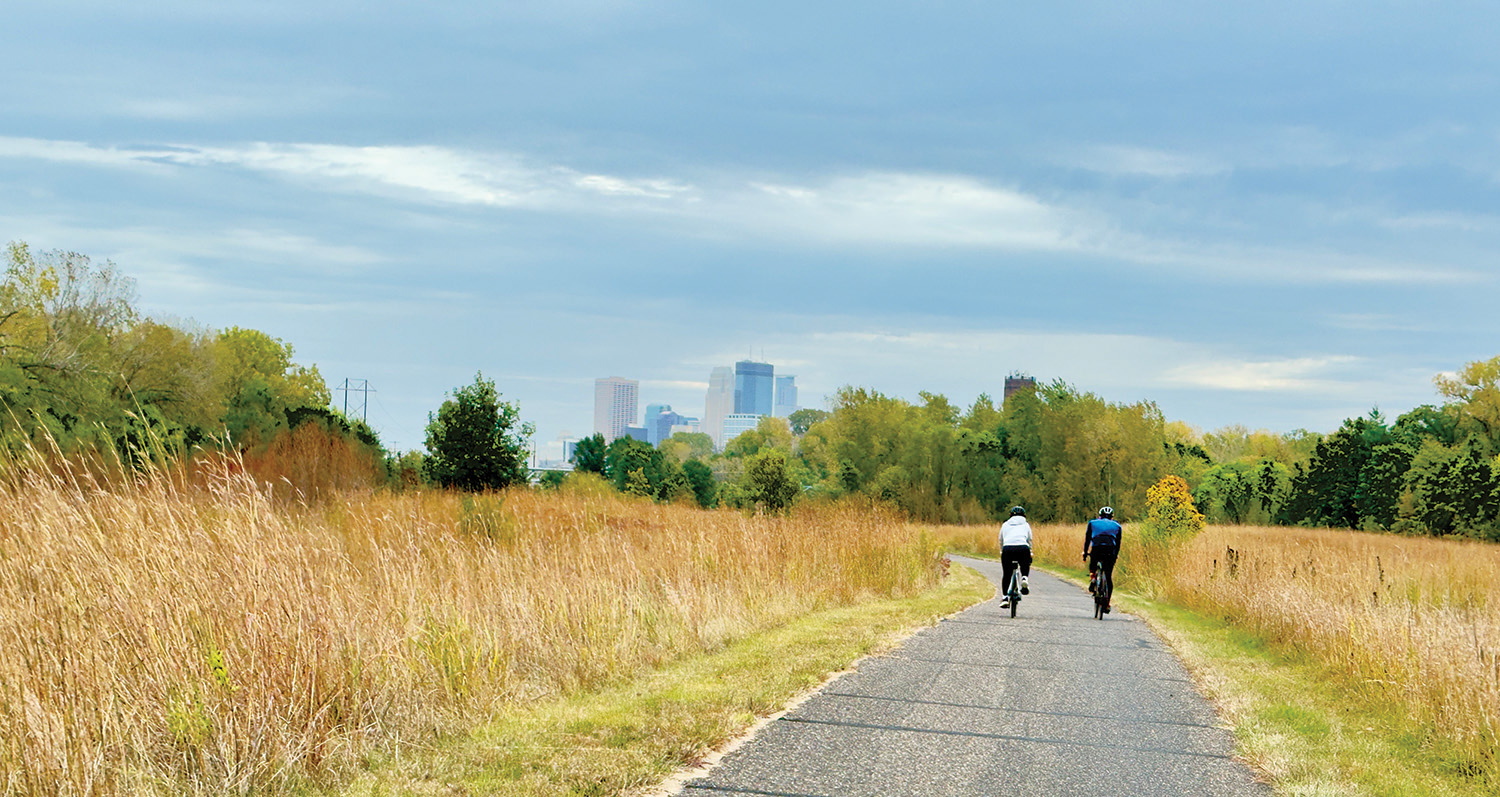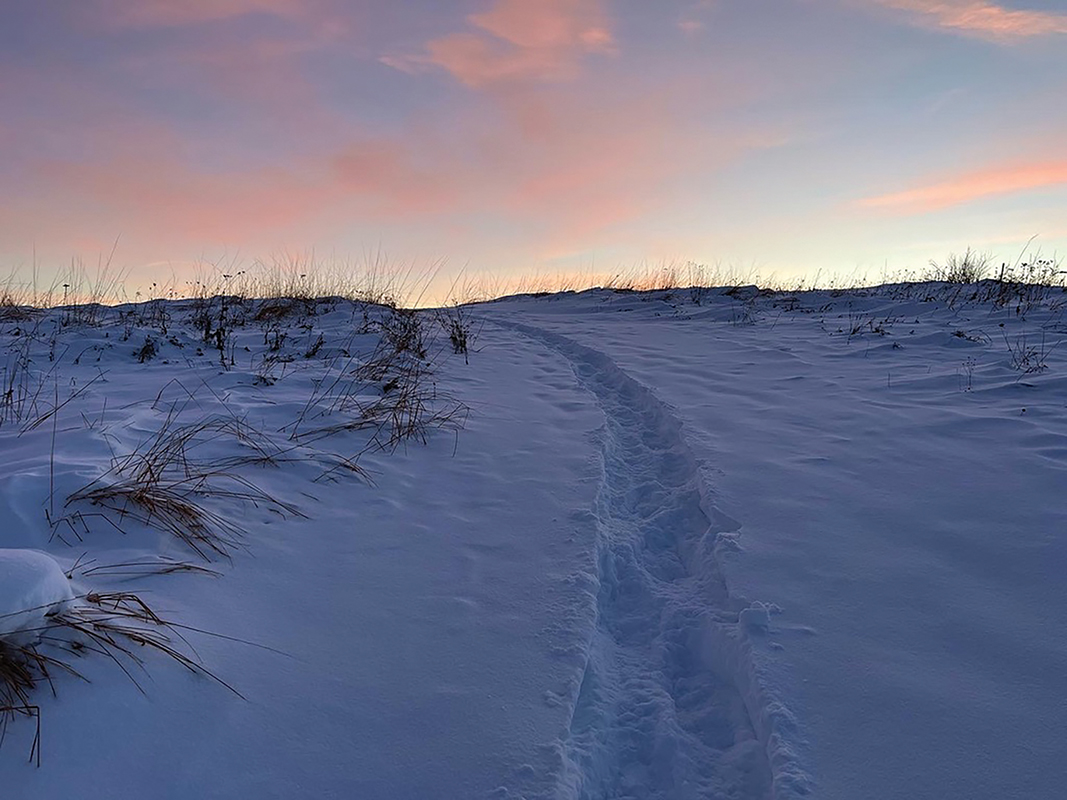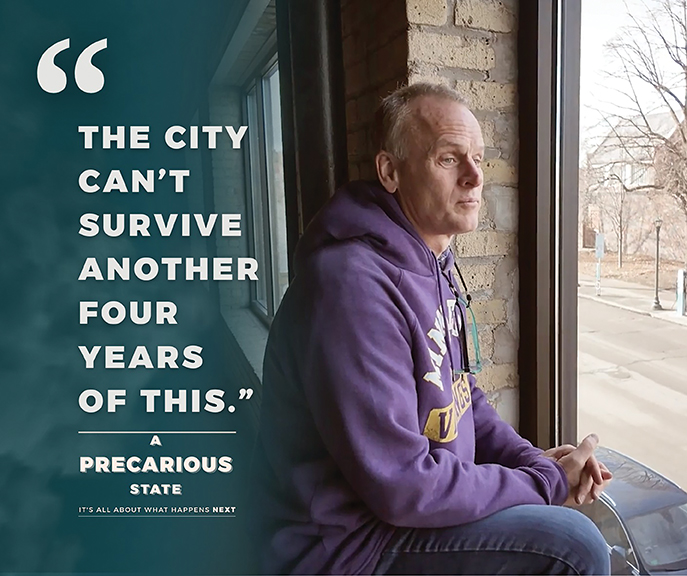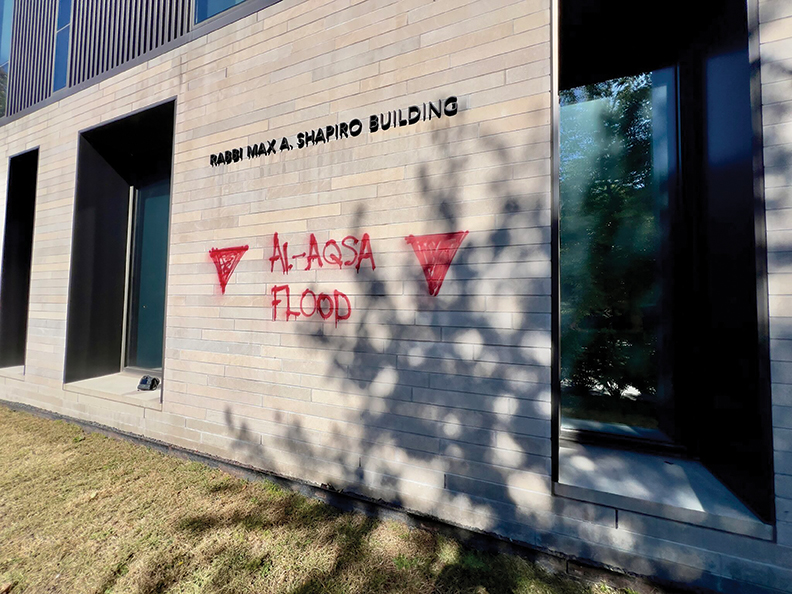Last month’s article for Hill & Lake Press was a one month tour of the ups and downs of a lengthy local planning process. It ended on an upbeat note, largely due to the hard work of the CAC’s newly formed circulation subcommittee, which had its first meeting shortly before we went to press and was, to my mind, a model of effective civic process. That generally upbeat assessment was further reinforced this past month, with both the second meeting of the Circulation Subcommittee and the final meeting of the CAC, at the Park Board headquarters. While not all issues were conclusively resolved, in both instances the CAC members committed themselves to reasoned, respectful debate. Important viewpoints were considered and aired, minds changed, and consensus was reached more often than not.
The highlights from the second Circulation Subcommittee meeting:
- NE Cedar Trails and Woodland: The CAC voted unanimously to reject the proposed removal of the NE Cedar shoreline trail, and to prioritize using the Natural Resources Management Plan to guide the restoration of this area and removal of invasives.
- Bikes on East Cedar: The CAC split 6-6 on a proposal to formalize bike access through the trail section from the end of Upton to the North Cedar Lake bike trail. Half the CAC favored keeping bikes out of this relatively small area entirely, while the other half argued that this is a modest, workable request that will actually help keep bikes out of the remaining trail space. The vote probably says it all: it’s a tough issue, and I had to laugh when Craig Wilson asked the board staff (tongue in cheek) if their vote gave sufficient guidance. This issue now goes to the Park Board and its staff, and we’ll wait to see what they propose in their draft of the final plan.
- NW Cedar Connector Trail: The CAC voted unanimously for separate bike and pedestrian trails on the short connector from the “Y” at the main trail to the North Cedar Lake bike trail. Not a tough call in my view; there’s plenty of existing space and no trees will be lost in the process.
- Multi-Modal Transit on NW Cedar: This is the narrow stretch on west Cedar where we have two-way biking and an unseparated roughly three-foot striped path for pedestrians. It was certainly the main event for this meeting, and the CAC admirably reached a consensus. The resolution is as follows: “Prioritize safety for pedestrians by widening existing paved paths to a minimum of six feet for pedestrians and eight feet for two-way biking, keeping separate paths and using the least intrusive methods, considering a boardwalk only as a last resort.”
- Remnant Land: The group voted 12-1 that if this acreage below Lowry Hill is acquired by the Park Board, it should be a conservation area for wildlife and habitat.
And now, the highlights from the final CAC meeting:
- Permanent Restrooms: Rather than a formal vote, the CAC conducted a round robin survey of its members to get their views on permanent restrooms in the parks, a topic that apparently resurfaced in the last round of public comment. As with previous discussions, a substantial majority of the CAC members supported having at least one per lake in the abstract, but roughly half the members expressed significant concerns about maintenance, operating hours, location, and cost. Among supporters, the principal argument was accessibility, including a desire for changing tables for infants. More cautious supporters expressed a desire that if such facilities are built, they should be year-round and unobtrusive. The preferred locations were the south side of Isles and Hidden Beach on the east side of Cedar. I’m not sure how the Park Board will reflect this input in the final plan, but if permanent restrooms are included there will need to be credible, fact-based answers on maintenance and year-round use.
- Picnic Shelters: The notion of adding a picnic shelter to each lake also resurfaced shortly before the final CAC meeting and was less warmly received by the group. A majority of the CAC was generally opposed, questioning the need for such structures, the fact that they are readily available nearby in the park system, and the fact that they had been considered and rejected previously after significant public criticism. As with restrooms, the Park Board’s inability to maintain its current infrastructure was mentioned more than once. There was majority support for picnic tables, which are less intrusive and flexible.
- Water Quality and Cedar Lake Management: The written reports of the Water Quality Subcommittee and the Cedar Lake Land Management Working Group were unanimously adopted with only minor, non-controversial modifications. The CAC clearly felt a justifiable sense of pride in the detailed and comprehensive work of these two groups, each of which addressed topics of broad community consensus.
- Circulation Subcommittee: The report of the Circulation Subcommittee was also unanimously adopted with two amendments. The critical distinction from the prior two reports was that it was adopted only as accurately reflecting the work of the group, i.e., accepting the report unanimously did not erase or override divided votes on topics like biking through the East Cedar woods or a potential boardwalk on NW Cedar. On those two points, the division of the group remained evident, but the discussion was thoughtful and respectful.
The end of the CAC… and another thank you! The CAC meeting closed with a unanimous endorsement of the Preferred Park Concept as modified by the CAC in its past several meetings. Hardly a surprise, and very appropriate. The CAC has now finished its work, and its members get to move on with their lives. I hope that we in the community can join together in thanking this group for its impressive hard work over the past several years. The final CAC meeting marked the 20th gathering of the group, meaning that it has spent over 40 hours in meetings alone—a major commitment and responsibility for a group comprised entirely of volunteers. While the master planning process is hardly over, this group has been remarkably responsive to public input, has not hesitated to wade into complicated, contentious topics, and—despite an evident diversity of viewpoints—has reached reasonable consensus decisions on nearly all the topics it covered. Nobody gets everything they want in this sort of process, but we’re clearly in a much better position than we were at the beginning of the year, and we seem on track to emerge with a final plan that accurately reflects the community’s most important priorities and preferences.
So what’s next? The CAC process is now over, and we now head into another waiting period while the Park Board staff creates its draft final plan. That document will be released sometime during the winter (probably the early portion), and its release will trigger another 45-day public comment period. Unlike the prior comment periods, there will not be public meetings, just written submissions (at least until the final vote by the Commissioners). Personally, I’m cautiously optimistic we’ll like what we see, but it’s now up to the Park Board staff to deliver, while we in the general public get to practice patience. In the meantime, I hope you will all feel free to express your thanks to the individual CAC members who reliably participated in meetings if you get the chance: Aaron Shaffer, Adam Braun, Alice Lehman, Anna Eleria, Ben Surma, Constance Pepin, Craig Wilson, Drew McGovern, Eric Gangl, Jim Romlin, Joshua Christensen, Laura Kinkead, Lilia Theisen, Linda Mack, Michaela West, Nan Dreher, and Win Rockwell (CAC Chair).
Marty Carlson lives in Kenwood.





